
This is where you find all our press releases and news articles.
How can wood pellet manufacturers minimize costs? How to save unnecessary expenses? Minimizing costs has always been the top priority for pellet manufacturers, but today’s economic uncertainty highlights the urgency for companies to fully evaluate waste reduction methods that involve wasted energy, wasted energy, and wasted products.

Wood Pellets
In fact, according to the study of the Lean Enterprise Research Center, 60% of the production activities in a typical manufacturing business are waste. The eight forms of waste are defined as waiting, unnecessary transportation, unnecessary movement, inventory, additional processing, defects, overproduction and unused talent. "These eight forms of elimination increase the value of companies and consumers, but more importantly, they provide sustainability of natural resources by avoiding resource depletion," said Justin Price, head of Eugene, Oregon ( Justin Price) Evergreen Project. "For me, when manufacturers want to minimize costs, we usually seek lean production principles and hope to eliminate the "eight wastes."
One of the main challenges facing pellet manufacturers is moisture monitoring and feed control. Proper control of it can reduce or eliminate problems in the process. Sarah Hammond, marketing manager for MoistTech Corp., based in Sarasota, Florida, pointed out that the implementation of moisture monitoring, manufacturing and processing plants can save a lot of money in a short period of time.
"The following results can be seen immediately: Excessive moisture reduces transportation costs, dust suppression and removal saves water consumption, reduces the wear of equipment molds to ash and dust, and prevents the clogging of the conveyor and the boiler shutdown," Hammond said .

When looking at the many challenges faced by operators of pellet mills, moisture control is one of the biggest challenges. Hammond pointed out that sensing the moisture in wood pellets is one of the most important steps, especially after the pellets are made. She said: "The moisture control in the pellet mill design is a key measure to proactively avoid quality control problems." "It is recommended that humidity sensors be installed in multiple locations throughout the process to achieve maximum efficiency."
Hammond believes that the efficiency of the dryer is critical, and because the dryer consumes a lot of energy, installing sensors before the dryer can monitor the moisture content and better control the temperature of the dryer. She said: "The product is too dry will lead to excessive drying, resulting in dusty surroundings, but also may cause fire." Installing sensors after the dryer and before the pelletizer will save a lot of cost. Products that are too wet can cause blockages in the pelletizer, which can cause the production line to shut down and waste product. "
Manufacturing wood pellets requires the refining, drying and blending of wood waste prior to entering the pellet press. By integrating MoistTech’s IR-3000 into the process, Hammond notes, producers can monitor 100 percent of their product quality, instantly and consistently. “Measuring moisture throughout the wood pelletizing process will produce pellets at a specific moisture percentage, preventing them from being off-spec when the product is too wet or too dry,” she adds. “Additionally, pro-active adjustments can be made to the process, to optimize pellet manufacturing. The higher the moisture content of incoming purchased wood fuel results in overpaying. The overuse of dryers results in overpaying on energy costs.”
Hammond gives the example of an MDF manufacturing client having issues with a moisture gauge that would continually fail due to high temperatures, thus delaying production. Installation of an IR-3000 moisture gauge with a vortex cooling panel solved the problem.
Moisture measurement is just one component of many that add up the big picture. The key players in the industry have figured out how to balance capital investment with operating costs and take advantage of technology and designs that maximize automation and increased reliability, an example of which would be an automated wood yard, says Ken Upchurch, vice president of sales and marketing at Bruks Siwertell.
“Reducing the manpower and equipment used in a 500,000-ton-per-year plant can be significant,” Upchurch says. “The typical operation is under 24/7 demand. Through automation, staffing can be reduced significantly. In addition, high-energy equipment such as dozers can be eliminated. The cost savings on an annual basis can easily exceed the $1 million threshold.”

Material Sizing, Conveying
Price notes that for large pellet manufacturing operations—those producing more than 300,000 metric tons per year—should evaluate having their own chipping operations to save money, while smaller mills typically purchase chips, sawdust or other residuals.
Judi Tyacke-Rawlings, project manager at Missoula, Montana-based Rawlings Manufacturing, says the company’s machines are designed to run 24/7, and this continuous operation helps minimize costs. “We are the very first grinder in a pellet mill, either the horizontal version or the vertical hogs, and we are completely different than hammer mills, as we can handle contaminants,” she says. “Our machines go up to 90 tons an hour, and we take it down to 2-inch minus. They have a solid, complete steel rotor, which allows us to be a heavy-duty primary grinder without causing a lot of damage to the machine.”
Because the machines run at lower RPMs, it saves money on electricity and requires less maintenance, as parts wear out slower than those running at 1800 RPMs, Tyacke-Rawlings says.
Moving on from drying to moving material, it is imperative to get conveyor transitions designed and installed correctly. This, Price says, is the area where he sees the largest fiber waste. “To put this in perspective, if you put one hand in a bucket of ice, and the other on a hot stove, the average is great but neither hand is a workable situation,” Price says. “We see this most often in conveyors handling large surge loads—for example, truck dumpers. The conveyor from the discharge of these devices needs to be sized for the peak loading on the volumetric and mass basis.”
Bruks Siwertell recently worked with Canadian wood pellet manufacturer Barrette-Chapais on its 210,000 metric-ton-per-year wood pellet facility at the Port of Saguenay facility in Quebec, installing a Bruks Siwertell air-supported conveying system. With a rated capacity of 800 tons an hour, the system is comprised of a 100-meter Bruks Belt Conveyor and a 250-meter Tubulator, which uses air support to deliver low-friction conveying, the major benefit of which is preservation of product quality.
In a nutshell, the belt conveyor carries material from the facility’s two pellet storage domes that utilize a gravity reclaim system to discharge pellets onto the Tubulator system. This ultimately feeds it to the ship loading operation.
The Tubulator employs Bruks Siwertell’s suspension cable tower technology, reducing foundation requirements and minimizing construction costs. According to Bruks, the Tubulator can achieve capacities up to 40 percent higher than comparable conventional idler belt conveyors.
“It is critical that transport conveyors protect the pellets from outside environmental conditions as they are delivered to the ship,” Upchurch says. “The air-supported design required less capital due to the quantity of structural steel required as compared to other designs, and this design also required less moving mechanical componentry, equating to lower maintenance and operating costs.”
Upchurch notes that air-supported conveyors can be considered advantageous in many but not all situations. “The application that favors air supported technology is one that requires a fully enclosed conveying systems with transport capacities that are moderate to high,” he says.
For drying systems, the most important aspect is moisture control of the final product, according to Price, which he says is done through proper management of raw material, as well as understanding the seasonality of the wood, weather and source.
“Another aspect is understanding the effect the fuel has on the drying,” he says. “For many large-scale pellet plants, waste wood or hog fuel burners are used to generate the hot gas for drying. If the fuel has a high moisture content—roughly greater than 68 percent MCwb (wet bulb moisture content)—natural gas or another fuel is often used as an overfired fuel to sustain combustion and achieve the desired energy.”
There are several other operational factors to consider in the energy plant and drying areas—the effect of excess air after combustion on the combustion burner efficiency, for example. The greater the excess air, the less efficient the burner becomes, and the greater the fuel consumption. “You can also expect that, as excess air after combustion increases, the gas flow rate through the dryer will increase,” Price says. In turn, this increase decreases the moisture content of the material existing the dryer.
Dryer exhaust temperate has a significant impact on the thermodynamic of the dryer and the drying efficiency, Price says. “Drying efficiency will ultimately have effects on the boiler efficiency. In some instances, an increase in the dryer exhaust temperature is accompanied by a decrease in the boiler efficiency. This decrease is generally due to the loss of energy from the system, energy that leaves the dryer that otherwise would have been used for drying.”
When working with producers, Price typically selects multiple facilities within their organization to benchmark the operations, but if the producer only has one facility, then he focuses on the capacity or equipment capabilities. “In both methods, we focus on cost reduction through a well-directed review of the process, operations and procedures,” he says. “With our plant engineering, maintenance, and operations background, we help producers gain efficiency with the goal of increased margins.

Wood pellet plant
Outcomes of these operational reviews identify opportunities, develop budgets for cost-effective solutions, and formulate long-range plans to mitigate current and prevent future bottlenecks.”
Evergreen Engineering focuses on results in what it dubs the “$5 dollar, $5,000 dollar, $50,000 dollar and greater” solutions. “Many of the solutions we bring are simply related to waste elimination,” Price says. “More often, we find a lack of maintenance being the most common reason producers aren’t meeting the production requirements in the front-end of the pellet plant.”
Price says the best advice he can offer about not wasting money on a job is to understand the process needs and focus on the equipment best-suited to meet those specific needs. “Find a trusted resource that has experience with the wood products industry and its operational challenges to help in the technical evaluation of the equipment, and its design advantages and disadvantages,” he says.
The industrial pellet market has evolved significantly over the past decade since the original high-capacity production facilities were built in the U.S., and many have learned how best to save money. “More often than not, they have been successful,” Upchurch adds. “This success has come with some learning moments, but there are several producers that have optimized the front-end process. As the market evolves, I am certain production costs will continue to be closely scrutinized. It is important that we learn from those that have been successful and collaborate as an industry to always look for best practices and technologies.”
Having the right mix of reliable, high-quality pellet machine and pelletizing systems and expert support is essential to your success. Watch how our end-to-end feed pellet plant solutions have helped our customers optimize their performance.
Our customized and future-proofed turnkey pellet plant solutions is designed with you at the core. From vision to reality and beyond, our team stays connected with yours. Giving you peace-of-mind with an expert at your side.
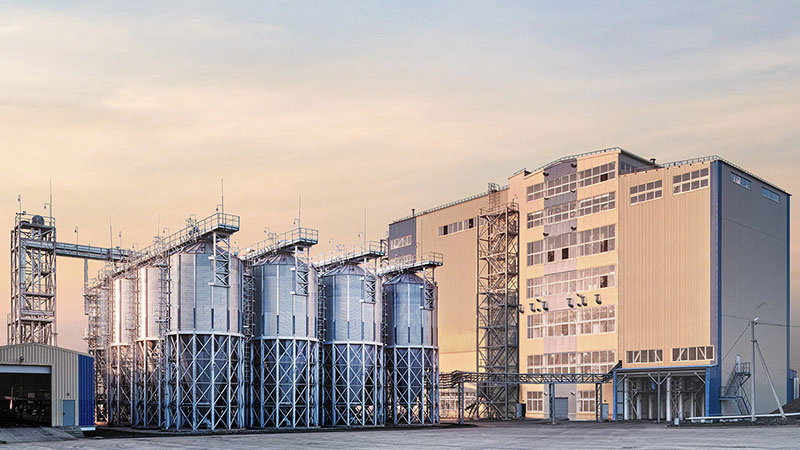
At RICHI, we go beyond project completion. With RICHI Servicee, we’re your dedicated partners in success. Count on us for expert guidance, minimal downtime, and optimized productivity. Choose RICHI for unmatched service and support.
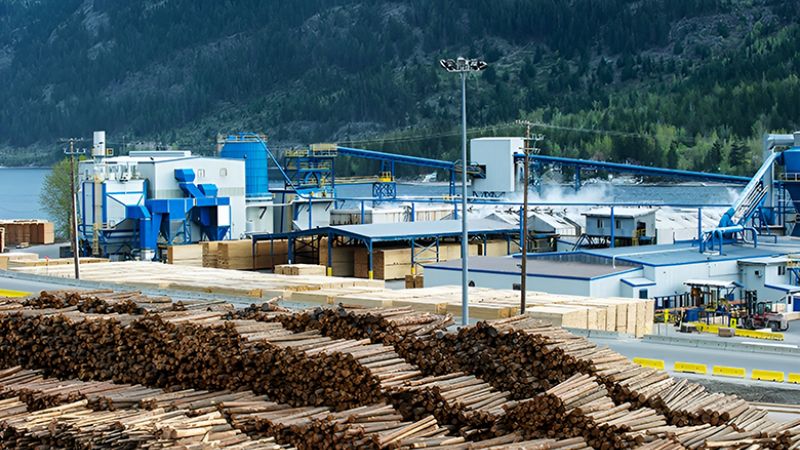
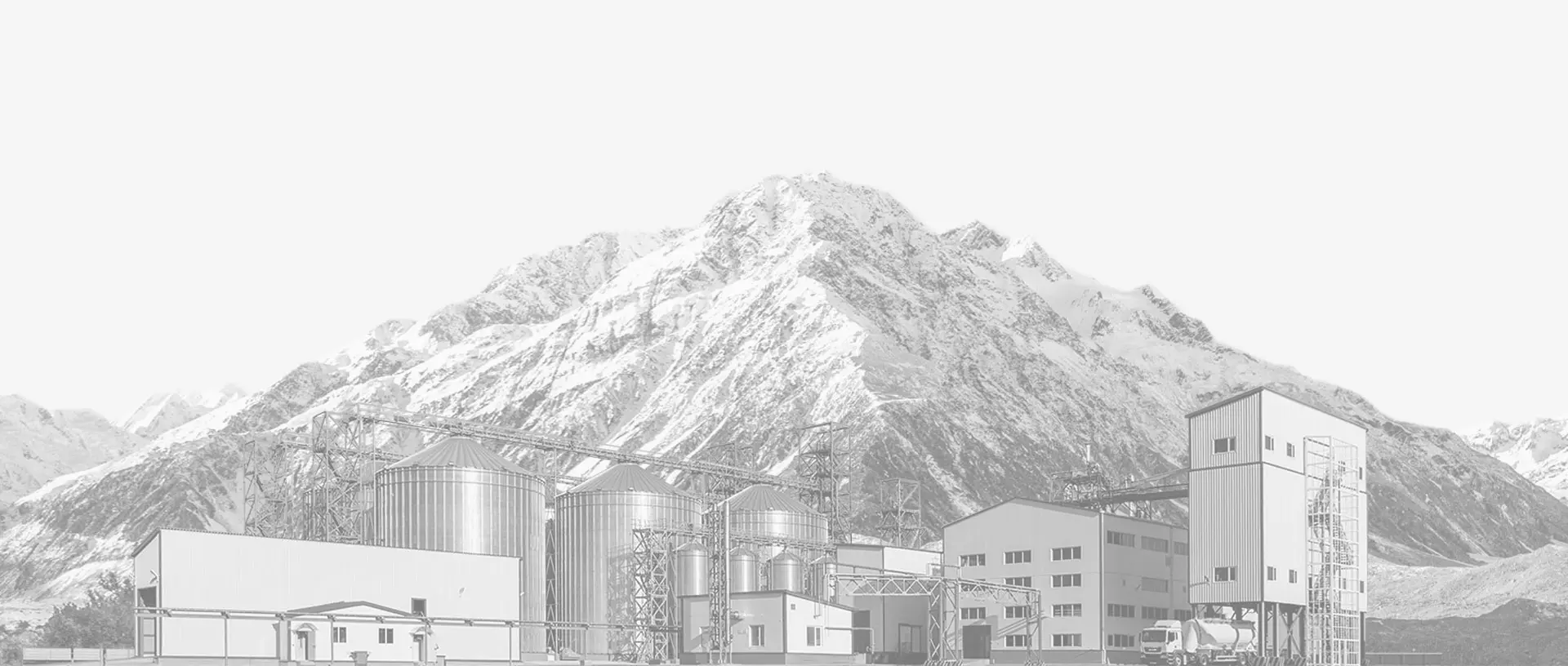

Meet global product demands and quality standards with industry-leading pellet plant design, engineering, equipment, and construction services for pellet processors.
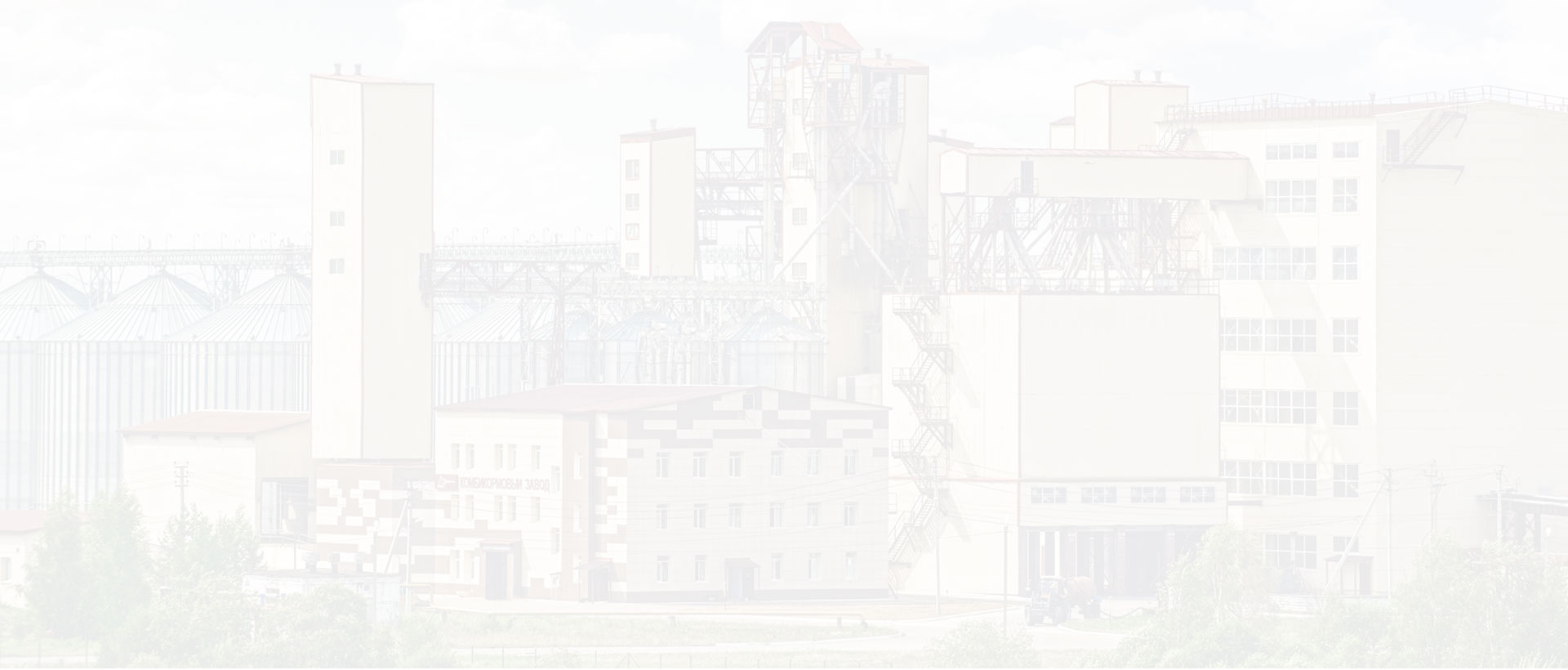

Your Partner Beyond Project Completion
2000+ cases
RICHI is the leading designer, manufacturer and builder of pellet plants in the world, completing over 2000 projects in 140 countries across 6 continents.
Read More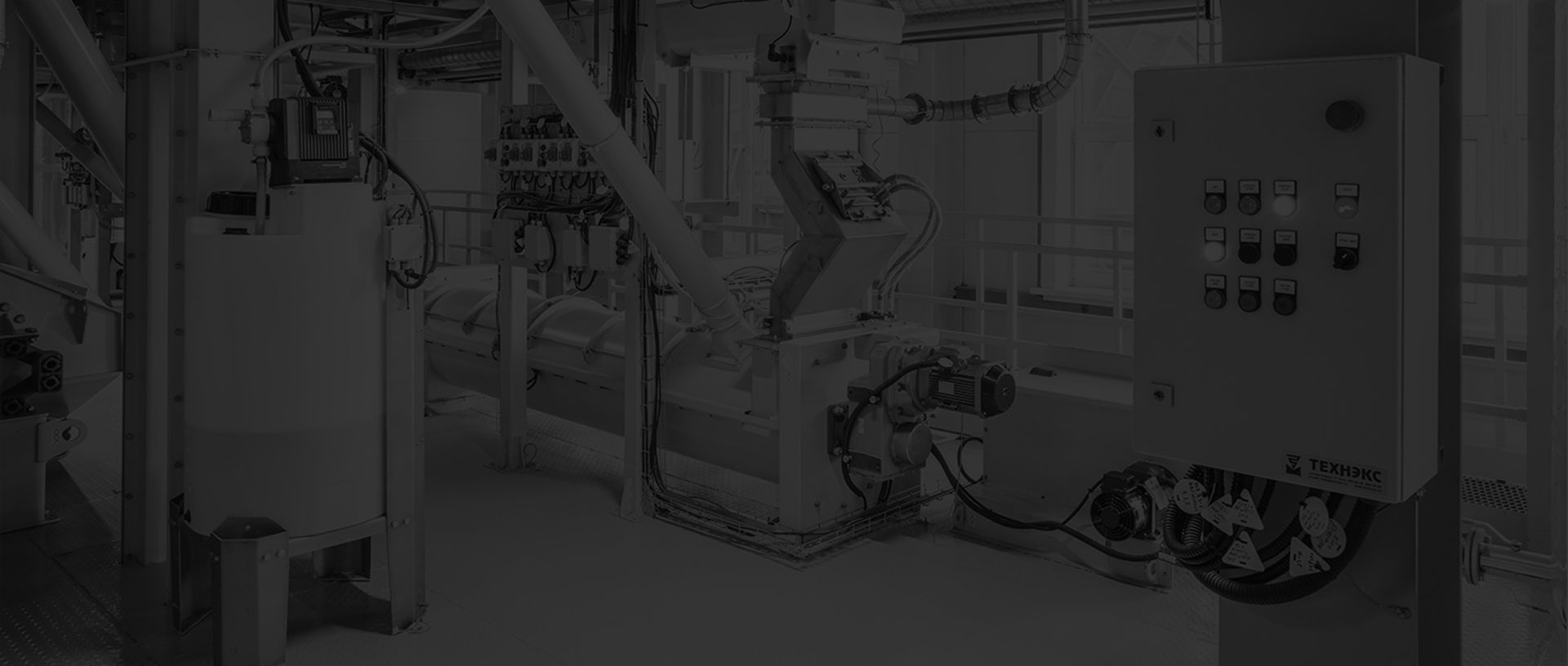
Increase plant productivity, profitability, and safety by integrating high quality equipment into your pellet production line. Over the years, RICHI has become China's top pellet equipment manufacturer. At the same time, RICHI has established valuable partnerships with the world's leading component and raw material manufacturers to bring you the best there is in technology, automation, and efficiency in pelleting plant machinery.

For nearly 30 years, RICHI has been providing best-in-class pellet plant equipment and services to clients across a variety of industries, sizes, and needs. We pride ourselves on the knowledge and skill that each team member possesses – from our technical sales team to our process design engineers. You can count on RICHI Machinery to take your operation to the next level of innovation, quality, and success.
Need help with your pellet manufacturing plant project? Contact us today.
ANIMAL FEED
BIOMASS
WOOD
ORGANIC FERTILIZER
AQUA FEED
CAT LITTER
MUNICIPAL WASTE RECYCLING
SPECIAL PELLET PRODUCTION
RICHI Machinery continues to deliver world class pellet mill equipment, pellet plant engineering and project solutions that add value to our customers in the animal feed, wood waste, agriculture waste, organic fertilizer, cat litter and special pellet products industries. Throughout the years, we RICHI Machinery have built strong brand, becoming industry-leading pellet machine manufacturer. We value integrity, promise quality, and prioritize your success.
Learn MoreWith our expert team, we precisely implement your process engineering requirements in pellet mill and pelletizing plant systems. No matter which industry you’re in – we understand your needs and deliver solutions that meet the highest standards.
At RICHI, quality comes first. Our pellet making machine and related pellet line equipment undergo rigorous quality controls to ensure they meet the highest standards. Rely on products that are durable, safe, and efficient.
With decades of experience in pellet machine and pellet production line production, we have earned a reputation as a trusted partner in various industries. Our expertise allows us to cover a wide range of applications.
Not only do we offer premium pelleting equipment, but we are also experts at designing, building, installing, and maintaining facilities from the ground up. Our expertise is within pellt plant process design, discovering the most efficient, productive, and profitable way to handle your materials in an end-to-end cycle.

Keeping in touch with us is an effective way to solve all your problems. If you have any needs or questions, please leave your contact information, then RICHI technical consultants will send design, quotation, videos to your mailbox. You can also contact us directly via WhatsApp: +86 13838389622
Copyright©2015-2024 by HENAN RICHI MACHINERY CO., LTD. All rights reserved.
 en
en